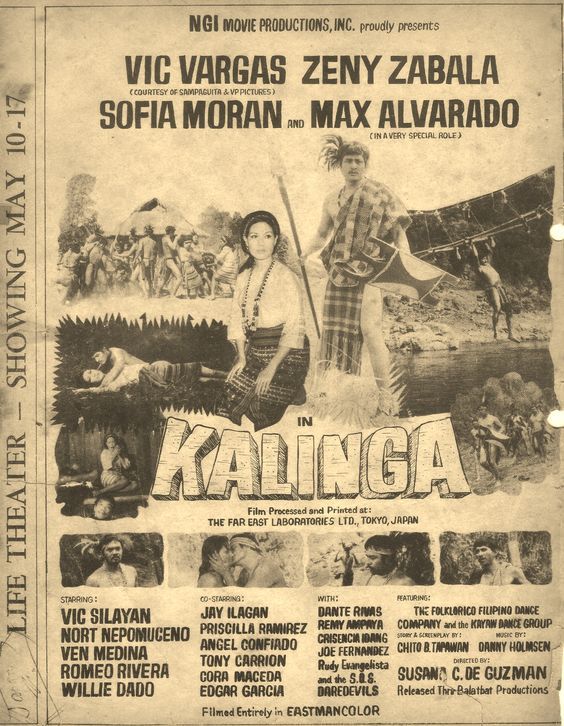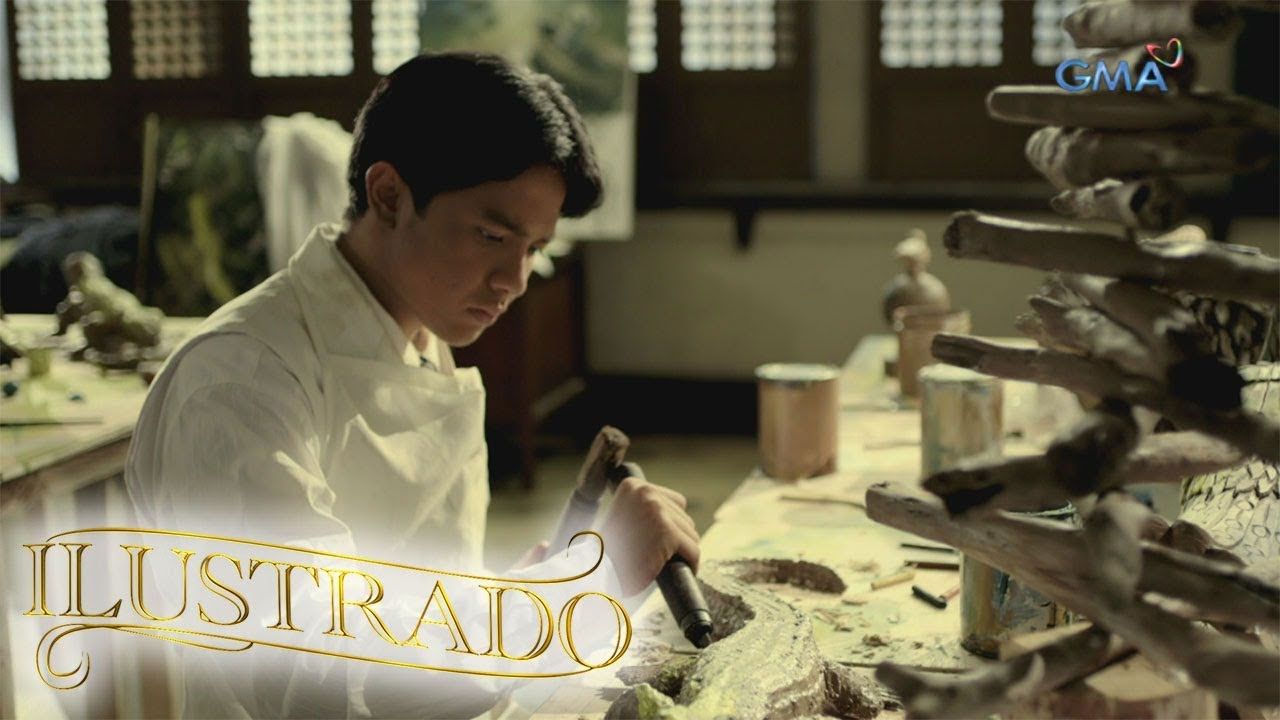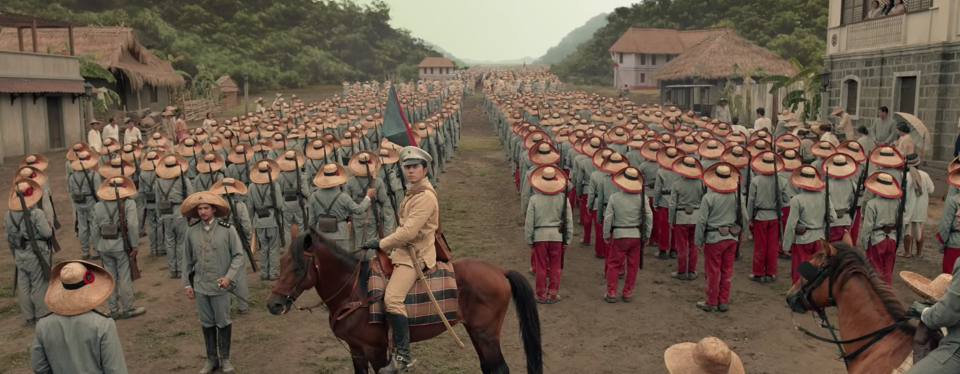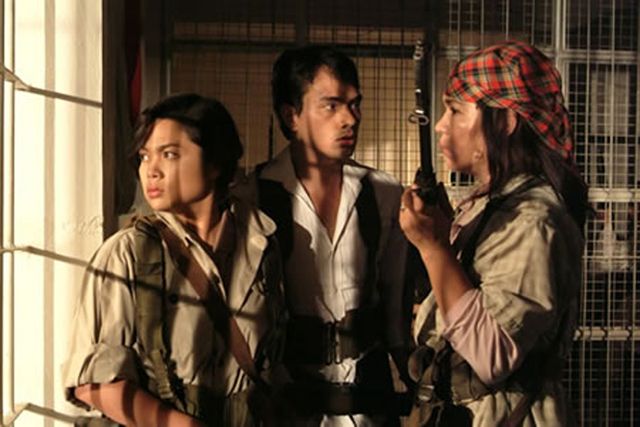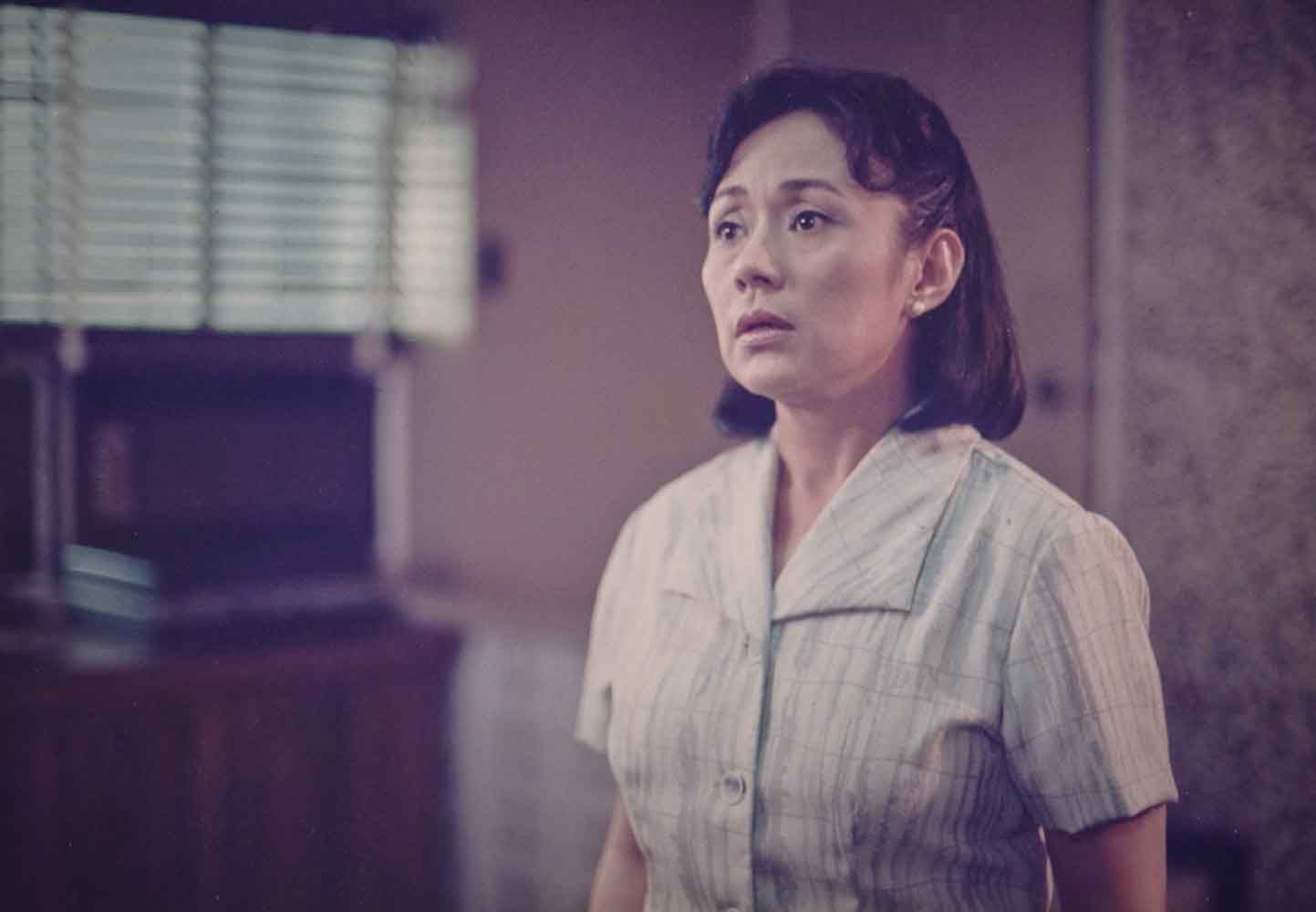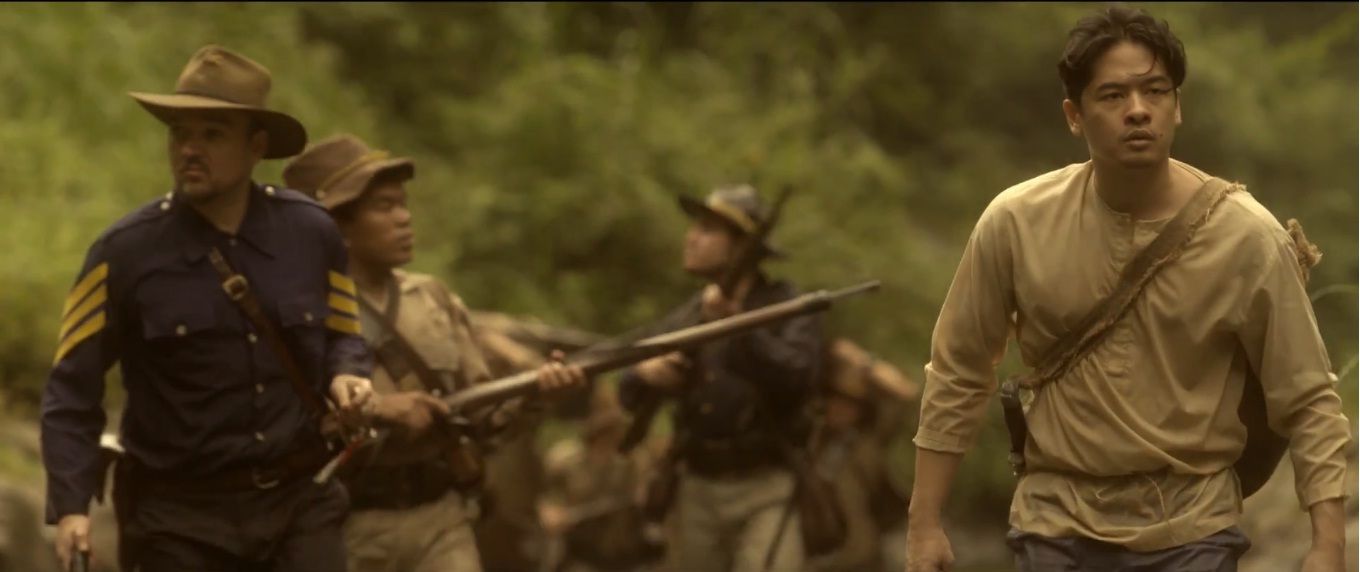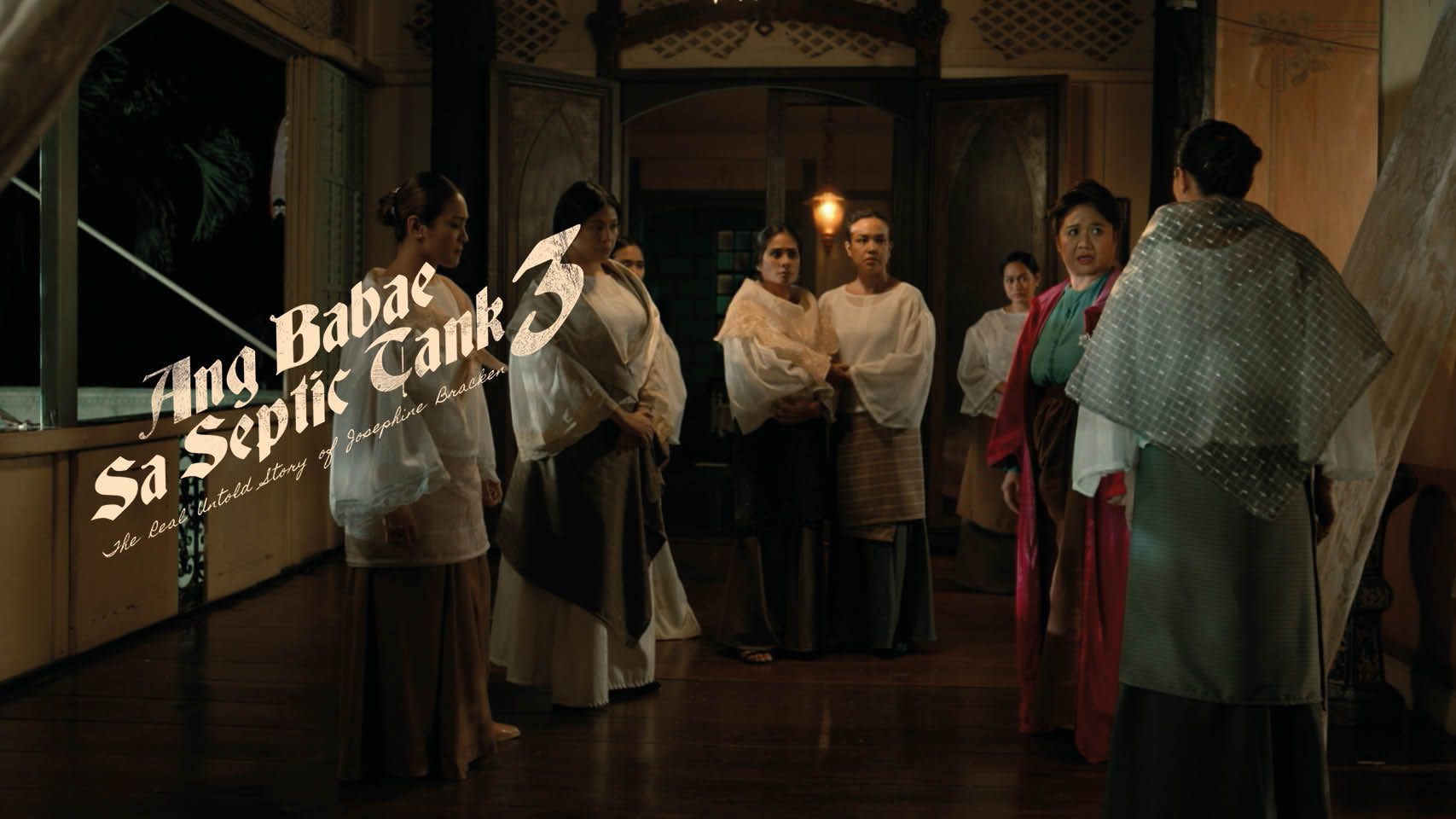In observance of the 122nd Independence Day of the Republic of the Philippines, spend time with friends and family watching these poignant historical films that depict some of the most important events, heroes, and places in and of our country
Historical period films set in the Philippines have been done in the past, but not too regularly considering the huge budget needed for it. But every time such films hit the big screens, film critics and academicians pore over it together. In the past, the Metro Manila Film Festival had a streak of giving the Best Picture award to period films. But in 2015, independent film production TBA Studios catapulted to fame with its Heneral Luna that changed the game for the genre and continues up to this day as one of, if not the, most popular and watched historical film in the recent decade.

Putting aside the epic special effects, on-point production and costume design, not to mention the riveting acting performances: what have these films reminded us of our history, culture, and core values? What are the realisations and learnings these films have asked of us, and have they shaken our consciousness as a Filipino?
As we commemorate this weekend the 122nd year of our independence from the Spanish regime (where we began our long continuing struggle to run a free and independent country), we've rounded up some cinematic masterpieces depicting significant events, heroes, and places in Philippine history for you to enjoy. As film is a director's medium, we cannot avoid the fact that these are not all spot-on accurate depictions but rather made with artistic liberties. Thus, it is still best to research further and discuss among your peers after watching these films the perennial question, "What will you do for this country?" most especially today.
Read also: Must-Visit Historical Sites and Shrines

